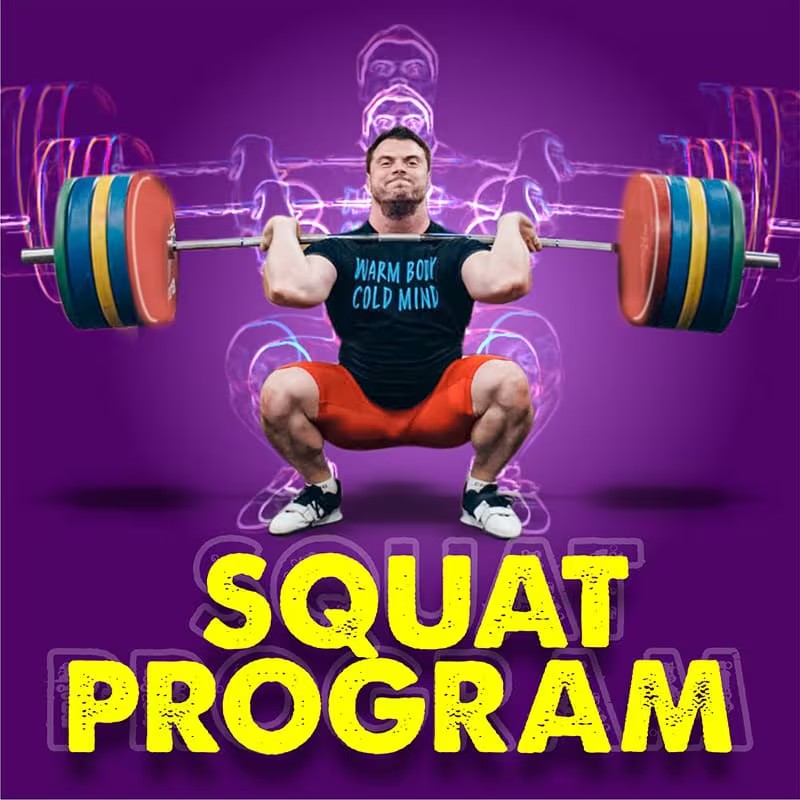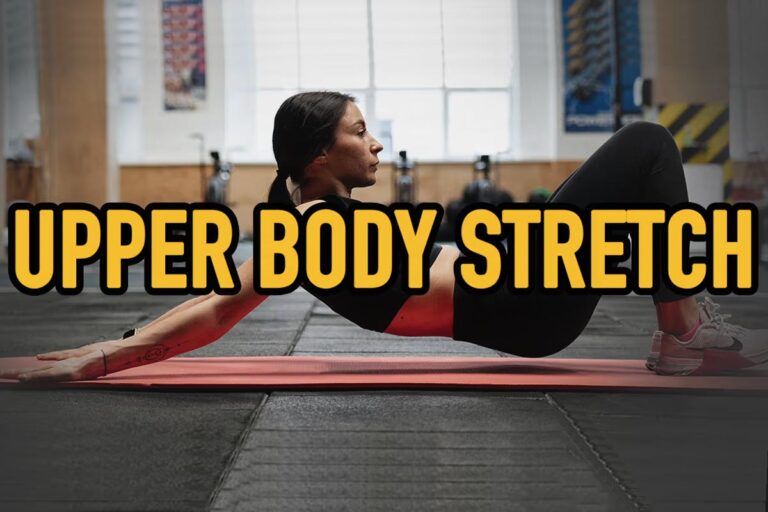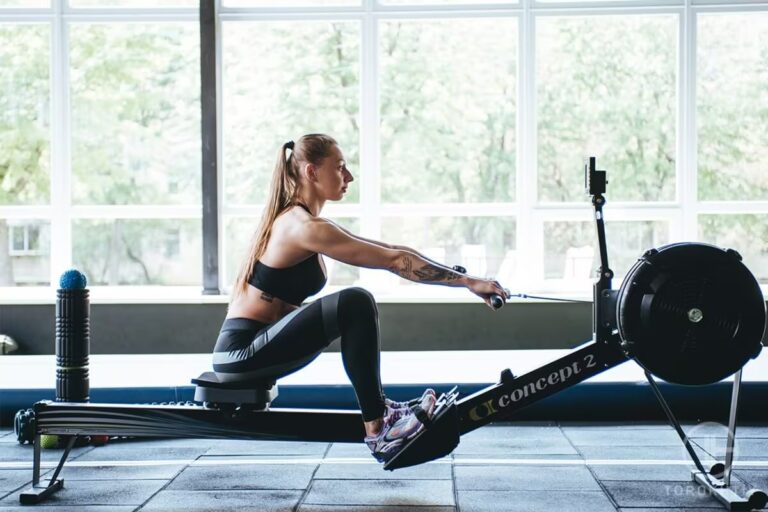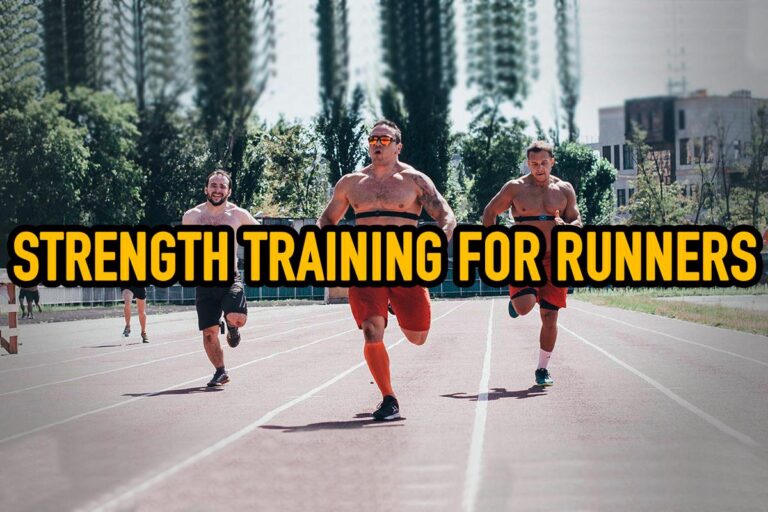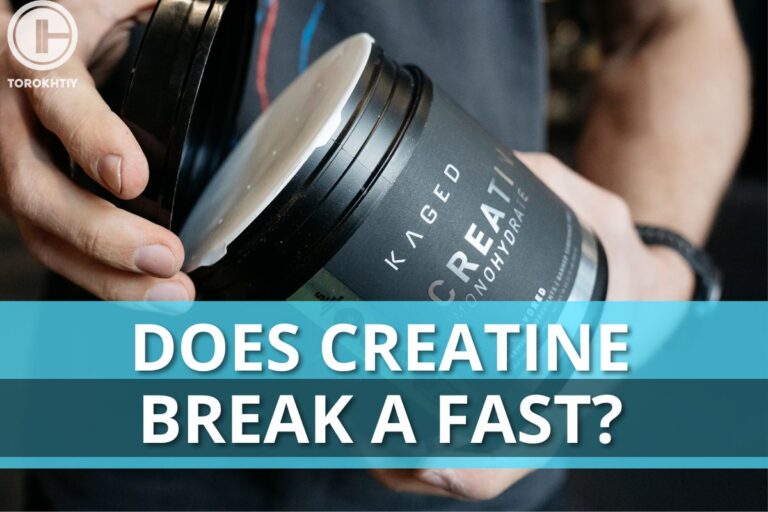14 Best Back Squat Alternatives Trainers Recommend
Squats are the cornerstone of strength training, revered for their comprehensive ability to recruit multiple muscle groups. This compound drill is essential not only for building muscle and strength, but also for improving joint flexibility posture and even promoting fat burning.
Squats are functional movements meaning they mirror actions we perform in daily life, enhancing our ability to carry out everyday tasks with greater ease and reducing the risk of injury.
However, despite their myriad benefits, squads aren’t universally suitable or accessible. Some individuals may need barbell squat alternatives due to injuries that make the traditional back squat unsuitable. Others may lack the required equipment, such as a squat rack or bar, especially those working out at home.
Additionally, long-term practicing of squats may reach a plateau. Therefore exploring back squat alternatives is not just a matter of necessity for some, but a strategic choice for others aiming to diversify their training and continue making progress.
Explore back squat alternatives to diversify your leg workout. Try body weight exercises like squats jumps, use dumbbells goblet squats and split squats or perform a resistance band squats for added tension. Each offers unique benefits, from improving balance to enhancing functional strength.
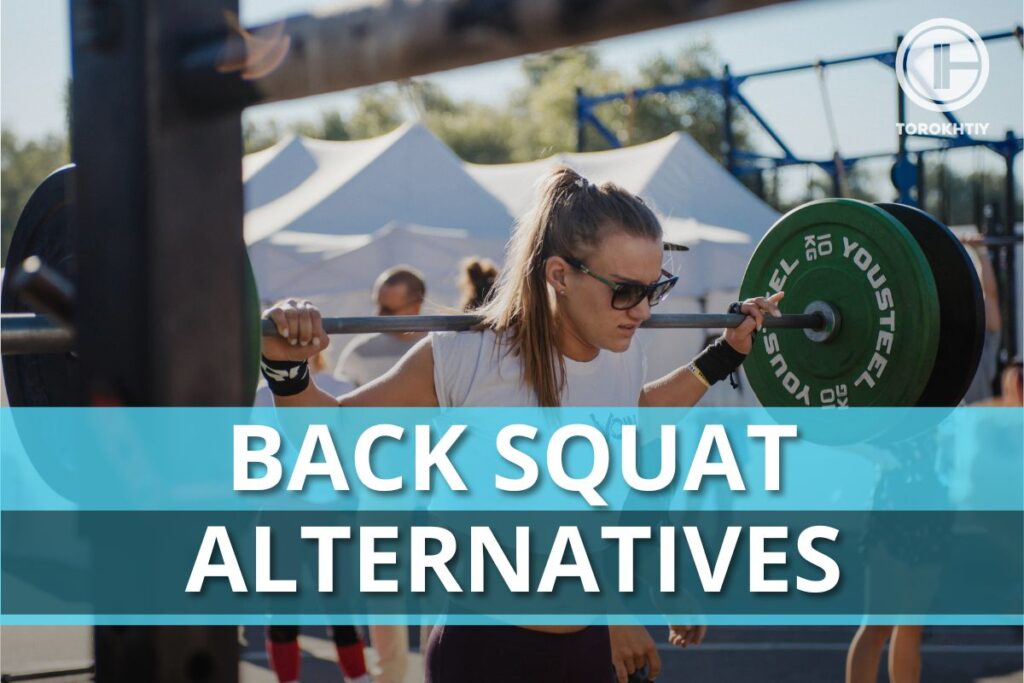
The Anatomy Of A Squat
Back squat is a multi-joint compound exercise that targets an array of muscle groups, making it an efficient exercise for building strength and power, Primarily, it engages the quadriceps, which provide the extension of the knee.
The glutes are heavily involved too and responsible for hip extension and driving in the body upward from the bottom of the squat. Hamstrings work in synergy with the glutes while the adductors act as stabilizers. The muscles along the spine maintain an upright posture and support the load, particularly as it increases.
In the back squat the core muscles are crucial stabilizers that brace the torso. The squat also recruits the muscles of the upper back and shoulders to stabilize the bar, with grip strength playing a supporting role as well.
Biomechanically, the squat movement begins with the hips moving back and down, while the knees and ankles flex, allowing the descent. Throughout the motion the chest remains open and the spine retains neutral, avoiding rounding or overarching. Proper alignment is critical with knees tracking over the toes and the weight distributed evenly across the feet.
The accent involves extending the knees and hips simultaneously to return to the starting position, with the muscles working concentrically to lift the weight. This coordinated effort between muscle groups and joints makes the squad fundamental exercise for both functional fitness and athletic performance.
Reasons To Seek Alternatives
There are several reasons to seek the barbell back squat alternative. Injuries are a primary concern. Lower back, knee or shoulder pain can be exacerbated by the weight and form required for back squat. Adaptations or different exercises can reduce strain and allow for continued training, while recovering.
Boredom with routine is another factor. Introducing variety can reinvigorate a training regimen, prevent mental stillness and stimulate muscle adaptation in new ways. Limited equipment also asks for alternatives as not everyone has access to a squat rack or bar especially those who prefer to work out at home or while traveling.
Incorporating alternative to back squat can enhance training by engaging muscles in new patterns, improving muscular imbalances and increasing overall body awareness.
🔻12 Week Squat Program by Oleksiy Torokhtiy
Do you want to double your squat strength? In just 12 weeks, you’ll be able to boost your squat results.
This program transforms any ordinary squat into a powerful athletic movement.
What’s included:
- 12 weeks of squat programming;
- Effective combination of sets, reps, and weights;
- Fully designed and coached by Oleksiy Torokhtiy;
- Over 60+ movements, banded work, and weight training;
- Accessory work for core, joint stability and injury prevention;
- Max out on back squat and front squat at the end.
Start now and boost your squat results!
Bodyweight Alternatives
Bodyweight exercises offer a versatile range of movement that can build strength and endurance without the need of equipment.
Here are 3 effective bodyweight alternatives to the traditional back squats:
1. Air Squats
Air squats, a fundamental body weight exercise, suitable for all fitness levels, can effectively warm up muscles or serve as a primary workout.
To execute:
- stand with feet apart, toes a bit out;
- reach arms forward;
- push hips back, bend knees and lower until tights are at least parallel to the floor;
- push through heels to rise.
For variety try holding the low position or adding pulsing motions.
2. Pistol Squats
Pistol squats are a challenging unilateral exercise to build leg strength, balance, hip and knee stabilization.
To execute:
- balance on 1 foot the other leg forward;
- arms out for stability;
- squat on leg keeping other elevated;
- lower as low as you can then rise.
Use support like a wall for beginners.
3. Squat Jumps
Squat jumps add a plyometric component improving explosive power.
To execute:
- start in basic squat position;
- lower into a squad then explode upwards into a jump;
- land softly absorbing the impact with your legs;
- immediately lower back into a squat to prepare for the next jump
To modify, reduce the height of the jump or step up the intensity by adding pulling knees to chest at the peak of the jump.
Dumbbell Alternatives
Barbell squat alternative with dumbbells allow for a wide range of motion target muscle groups with a different emphasis, often providing a functional workout that enhances balance and coordination.
1. Goblet Squats
Goblet squats enhance squat form and depth.
To execute:
- stand feet apart, hold a dumbbell at your chest;
- sit back into squat elbows inside knees;
- push through heels to stand up.
Keep the dumbbell close and move with control.
2. Split Squats
Split squats correct imbalances.
To execute:
- take split position, hold dumbbells at sides;
- lower until the back me is near the floor and front thigh should be parallel;
- front knee stays over ankle;
- rise keeping the torso straight and knees soft.
3. Lunges
Lunges work effectively on the whole lower body.
To execute:
- stand with feet apart holding the dumbbells at the sides;
- lunge forward lowering hips until knees from 90°;
- front knee over ankle, back knee just off the ground;
- push back to start monthly. keeping the front knee aligned.
Each of these dumbbell exercises can be adjusted in weight to match the individual`s conditions. They also can be further varied by adjusting the tempo, adding the pulses or incorporating movements such as twist or overhead press to engage additional muscle groups and increase intensity.
Kettlebell Alternatives
Kettlebell exercises offer a dynamic back squat replacement, emphasizing stability and coordination, while engaging the core throughout the range of motion.
1. Kettlebell Front Squats
Kettlebell front squats engage core and lower body.
To execute:
- stand with feet apart hold the kettlebell at your chest;
- squad, elbows high. kettlebell close;
- rise keeping your back straight.
Ensure knees track over toes and the kettlebell doesn’t pull you forward.
2. Sumo Squats
Sumo kettlebell squats target the inner thighs.
To execute:
- stand wide, toes out, hold a kettlebell down;
- squat deep, weight on heels, back straight;
- rise. driving through heels. keep knee soft;
- keep the chest up to prevent leaning forward and knees in line with those.
Proper form is crucial to prevent injury and to maximize effectiveness of the exercises, so it’s important to choose a kettlebell weight that allows for control throughout the movement.
Resistance Band Alternatives
Resistance bands are great tools for adding variety and extra resistance to squat exercises without the need for heavy weights.
1. Resistance Band Squats
This variation places continuous tension on the muscle, even at the top of movement.
To execute:
- stand on resistance band with feet shoulder-width apart, holding the other end with both hands at shoulder level;
- perform a squat while the band adds tension, making the accent more challenging.
2. Lateral Band Walks
This exercise targets the hip and abductors glutes and thighs promoting better stability.
To execute:
- place a looped resistance band around your legs just above the knees;
- assume a half squat position and take slow controlled steps to the side.
Using resistance bands can enhance muscle engagement through constant tension and can be particularly beneficial for improving muscle activation patterns and strengthening stabilizing muscles.
Machine Alternatives
Machine based exercises offer effective back squat substitute each with unique benefits.
1. Leg Press
The leg press machine allows you to sit and push weight away from the body. It targets the quads, hamstrings and glutes while reducing pressure on the lower back. Unlike back squats, the leg press doesn’t engage the core due to the supported position.
2. Hack Squat
The hack squat machine positions the lifter at an angle to squat down and push back up. It closely mimics the squat movement, while also reducing lower back pressure. Hack squats shift load slightly, which can reduce core engagement. but increase focus on leg muscles.
3. Smith Machine Squats
The Smith machine provides a fixed bar track for vertical movement. This can be safer for those with balance issues, but can alter the natural squat path, potentially affecting muscle recruitment and joint stress. The Smith machine can be less effective for training stabilizer muscles, compared to free weight squats.
Compared to the traditional back squats, these machines provide more stability. which can be beneficial for those with balance or injury concerns. However, they often engage stabilizing muscles and can impose a more rigid movement pattern, which may be not as functional to real life movements, as free weight squats.
4. Unilateral Exercises For Balance And Stability
Unilateral exercises, such as step ups and single leg squats or deadlifts are pivotal for correcting muscular imbalances and enhancing balance and stability.
By training one side of the body at the time, these movements not only improve unilateral strength, but also challenge the body’s stabilizing muscles, which are crucial for maintaining proper posture and alignment during normal exercises like squats. They can reveal and subsequently strengthen wicker areas leading to more symmetrical development and reduce injury risk.
5. Programming Alternatives
Incorporating alternative to barbell squat into a workout routine can keep training variety and effectiveness. Start by integrating one or two alternatives into each leg session, replacing or supplementing traditional squats. For instance, begin with bodyweight or dumbbell exercises as a warm-up or main set, depending on your fitness level. Gradually include more challenging variations like pistol squats or kettlebell exercises as strength and balance improve.
Volume and frequency depend on fitness goal and experience. Beginners might start with 2-3 sets of 8-12 reps, while more advanced lifters can increase the sets reps or intensity. Ensure at least one day of rest between sessions, focusing on the same muscle groups to provide recovery.
Progression is key. Once an exercise becomes less challenging, increase the resistance, number of reps or complexity of the movement. This gradual increase insures continuous improvement and helps avoid plateaus in strength and muscle development.
FAQ
What Is Better Than Back Squats?
Whether an exercise is better than back squats depends on individual goals and circumstances. For those with limited equipment body weight exercises like pistol squat may be more accessible. For injury recovery, unilateral exercises like split squats can be safer and help correct imbalances. For explosive power plyometric moves like squat jumps offer benefits. Ultimately, the best exercise is one that aligns with personal fitness levels objectives and the availability of equipment or a space.
Can You Do A Back Squat Without A Barbell?
Yes, you can perform a back squat without a bar by using body weight or substituting with other equipment like kettlebells, dumbbells or resistance bands. These variations are commonly known as bodyweight squats, goblet squats or a resistance band squat and can effectively work the same muscle groups as traditional back squats.
Can I Skip Squats?
Yes, you can skip squats if they don’t use your fitness goals, physical conditions or if you simply don’t enjoy them. There are numerous alternative exercises that can target the same muscle groups, such as lunges, leg presses or deadlifts. It’s important to have a balanced workout plan, so if you choose to skip squats, consider incorporating other movements that provide similar impact.
Conclusion
To sum up, exploring a substitute for barbell squat enriches your workout, enhances strength and ensures balance and total body training. Whether it’s bodyweight, dumbbell, kettlebell or machine exercises each has unique benefits. Listen to your body’s feedback and adjust accordingly. Remember, your experiences are valuable – share and discuss them in the comments below to inspire and learn from others!
References:
- Wei W, Zhu J, Ren S, Jan YK, Zhang W, Su R, He L. Effects of progressive body-weight versus barbell back squat training on strength, hypertrophy and body fat among sedentary young women. Sci Rep. 2023 Aug 19;13(1):13505. doi: 10.1038/s41598-023-40319-x. PMID: 37598268; PMCID: PMC10439966.
- Illmeier G, Rechberger JS. The Limitations of Anterior Knee Displacement during Different Barbell Squat Techniques: A Comprehensive Review. J Clin Med. 2023 Apr 19;12(8):2955. doi: 10.3390/jcm12082955. PMID: 37109294; PMCID: PMC10143703.
- Clark DR, Lambert MI, Grigson C, Hunter AM. Impact of resistance training status on trunk muscle activation in a fatiguing set of heavy back squats. Eur J Appl Physiol. 2021 Feb;121(2):597-608. doi: 10.1007/s00421-020-04540-0. Epub 2020 Nov 18. PMID: 33206252; PMCID: PMC7862542.
- Coratella G, Tornatore G, Caccavale F, Longo S, Esposito F, Cè E. The Activation of Gluteal, Thigh, and Lower Back Muscles in Different Squat Variations Performed by Competitive Bodybuilders: Implications for Resistance Training. Int J Environ Res Public Health. 2021 Jan 18;18(2):772. doi: 10.3390/ijerph18020772. PMID: 33477561; PMCID: PMC7831128.
- Zawadka M, Smołka J, Skublewska-Paszkowska M, Łukasik E, Zieliński G, Byś A, Gawda P. Altered squat movement pattern in patients with chronic low back pain. Ann Agric Environ Med. 2021 Mar 18;28(1):158-162. doi: 10.26444/aaem/117708. Epub 2020 Feb 27. PMID: 33775082.
Why Trust Us?
With over 20 years in Olympic Weightlifting, our team does its best to provide the audience with ultimate support and meet the needs and requirements of advanced athletes and professional lifters, as well as people who strive to open new opportunities and develop their physical capabilities with us.
By trusting the recommendations of our certified experts in coaching, nutrition, dietology, and sports training programming, as well as scientific consultants, and physiotherapists, we provide you with thorough, well-considered, and scientifically proven content. All the information given in the articles concerning workout programming, separate exercises, and athletic performance, in general, is based on verified data. We ensure that you can rely on our professionals’ pieces of advice and recommendations that can be treated as personalized ones which will benefit you and fully meet your needs.
The product testing process is described in more detail here
Author: Sergii Putsov
Head of Sport Science, PhD
Best Results: Snatch – 165 kg,
C&J – 200 kg
Sergii Putsov, Ph.D., is a former professional weightlifter and National team member, achieving multiple medals in the 94 kg weight category at national competitions. With a Master’s degree in “Olympic & Professional Sport Training” and a Sport Science Ph.D. from the International Olympic Academy, Greece, Sergii now leads as the Head of Sport Science. He specializes in designing training programs, writing insightful blog articles, providing live commentary at international weightlifting events, and conducting educational seminars worldwide alongside Olympic weightlifting expert Oleksiy Torokhtiy.

